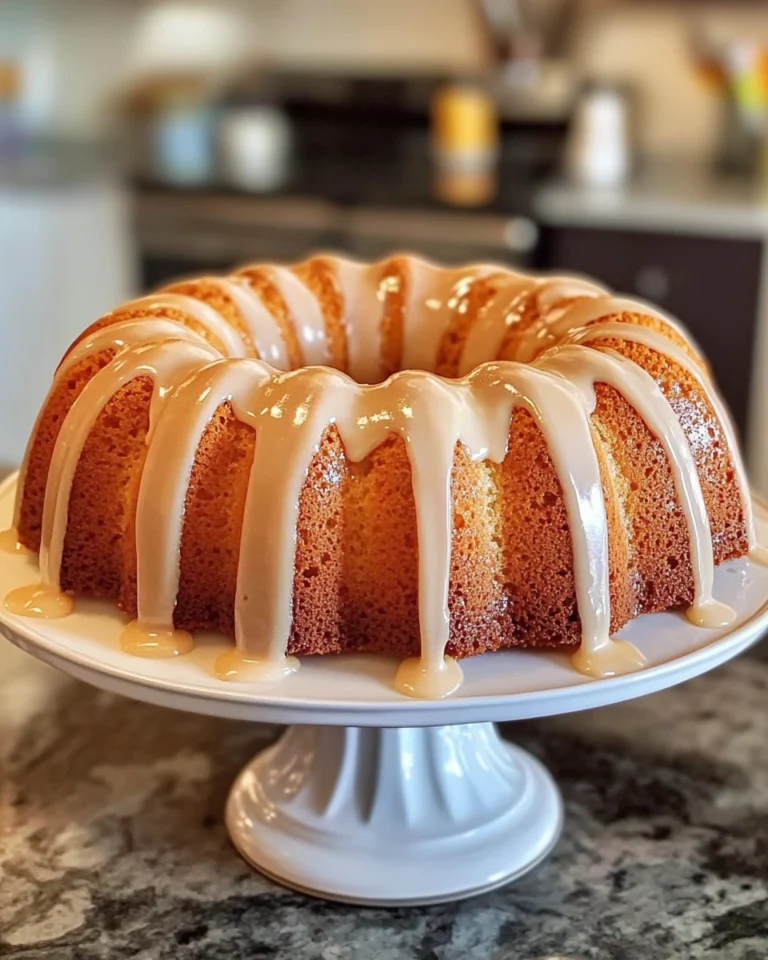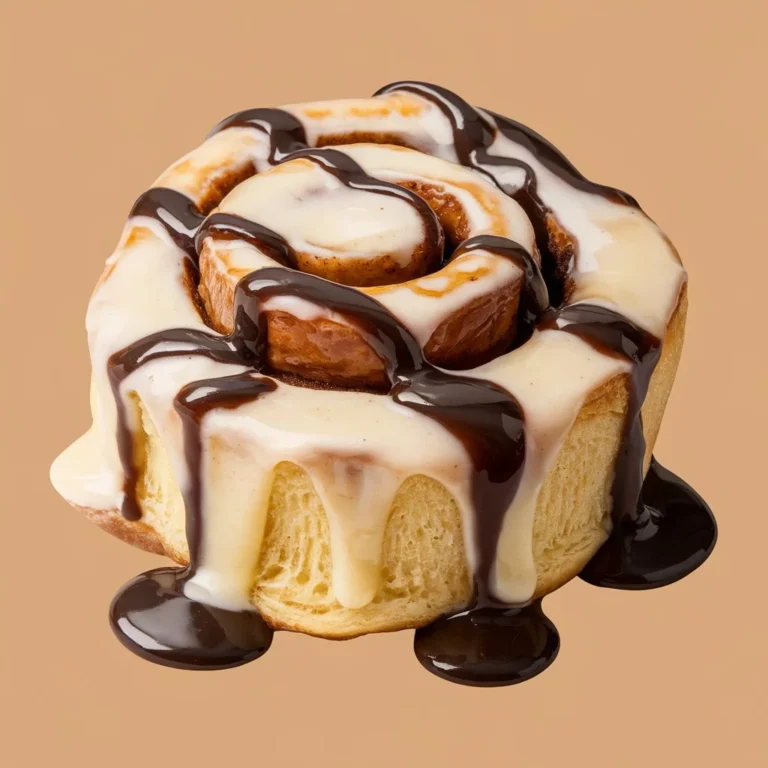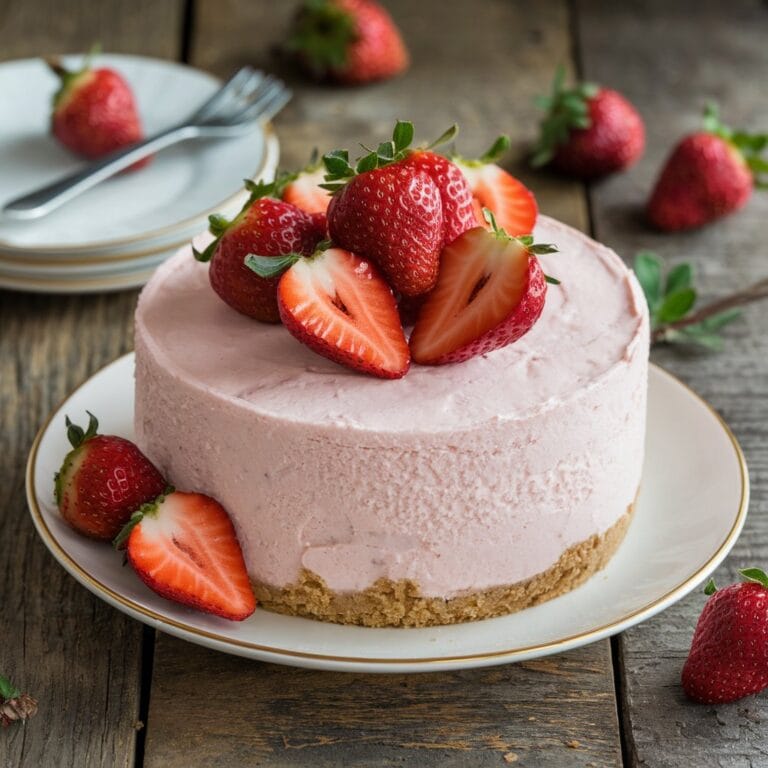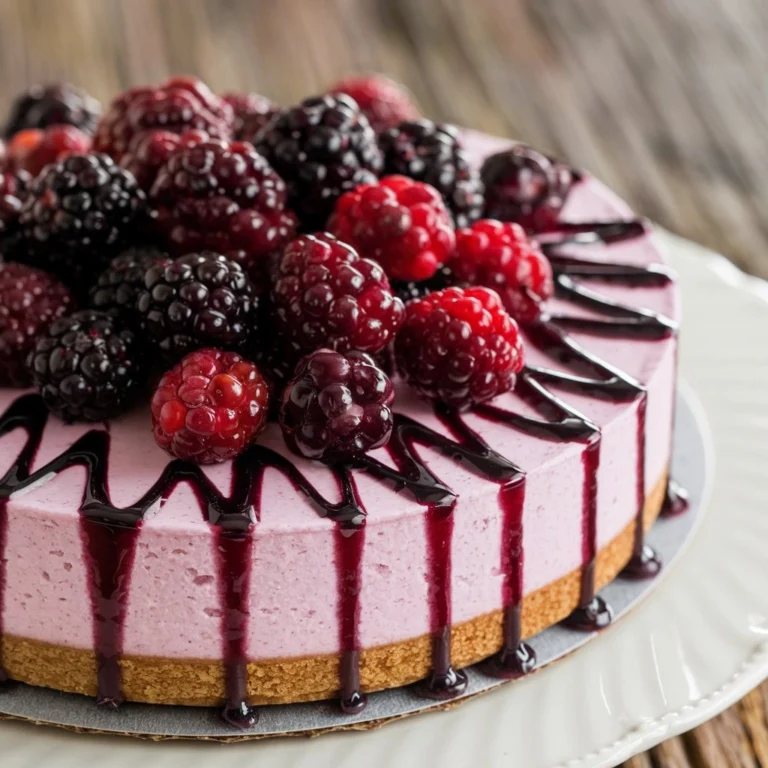What Not to Do When Making Cheesecake
What Not to Do When Making Cheesecake: A Comprehensive Guide to Perfection
Cheesecake is an iconic dessert, loved for its smooth, creamy texture and rich flavor. Yet, creating the perfect cheesecake can often seem like a tricky task. Even experienced bakers sometimes encounter issues like cracks, lumps, or a dry texture. The good news is that these problems are avoidable if you understand the common pitfalls that can occur during preparation, baking, and cooling.
This guide will walk you through what not to do when making cheesecake, helping you steer clear of the most frequent mistakes. By understanding what causes these common issues, you can ensure that your cheesecake turns out creamy, smooth, and beautiful every time.
Common Mistakes to Avoid
1. Not Crushing the Crust Properly
One of the first steps in making a cheesecake is preparing the crust. Traditionally, cheesecake crusts are made from crushed graham crackers or digestive biscuits mixed with melted butter. While this may sound simple, there are common mistakes that can lead to a crust that is either too crumbly or uneven.
- The Mistake: Not crushing the graham crackers finely enough. If the crumbs are too large, the crust won’t bind properly, leaving you with a crumbly, uneven base.
- How to Avoid It:
- Use a food processor to achieve a fine, even crumb. The finer the crumbs, the better the crust will hold together.
- Press the crumbs firmly into the pan and up the sides. Use a flat-bottomed glass or measuring cup to press the crust evenly, ensuring there are no gaps or air pockets.
- Pro Tip: Pre-bake the crust for 8-10 minutes at 375°F (190°C). This will help the crust set and prevent it from becoming soggy when the filling is added.
For more tips on mastering the crust, you might enjoy exploring this comprehensive guide on lemon-blueberry cheesecake.
Using the Right Ingredients for a Creamy Cheesecake
2. Using Low-Fat Ingredients
When it comes to making cheesecake, fat is your friend. One of the key elements that give cheesecake its signature creamy texture and rich flavor is the use of full-fat cream cheese, sour cream, and sometimes heavy cream. Many bakers, in an attempt to make their dessert a bit healthier, may opt for low-fat or fat-free versions of these ingredients, but this can lead to disappointing results.
- The Mistake: Substituting full-fat cream cheese or sour cream with low-fat versions. This can result in a cheesecake that lacks the creamy richness you’re aiming for, and it may have a slightly grainy or rubbery texture.
- How to Avoid It:
- Always use full-fat cream cheese and sour cream for the best texture and flavor. Low-fat versions tend to have a higher water content, which can affect the consistency of your cheesecake.
- If you’re concerned about calories, consider using Greek yogurt as a substitute, but ensure that your recipe accounts for this modification. Greek yogurt can lighten the texture slightly without sacrificing too much richness.
For more ingredient variations, such as using lemon in your cheesecake recipe, check out the article on why cheesecake may not set properly.
Baking and Cooling Mistakes to Avoid
3. Using Cold Ingredients
One of the most common mistakes made when preparing cheesecake batter is using cold ingredients straight from the refrigerator. Cream cheese and eggs are often stored in the fridge, but they need to be brought to room temperature before mixing. Cold ingredients don’t incorporate well, and this can lead to a lumpy batter and uneven baking.
- The Mistake: Using cream cheese, eggs, or other dairy products while they’re still cold. This forces you to overmix the batter in an attempt to break up the lumps, leading to too much air in the mixture. Air bubbles can cause your cheesecake to puff up while baking and sink as it cools, creating cracks on the surface.
- How to Avoid It:
- Bring all ingredients to room temperature before mixing. Let your cream cheese, eggs, and sour cream sit out for at least 30 minutes to an hour before you start baking.
- If you’re short on time, you can speed up the process by cutting the cream cheese into smaller cubes, which will warm more quickly.
- Be patient when mixing your batter. With room temperature ingredients, it should come together smoothly and with minimal mixing.
4. Skipping the Water Bath (Bain Marie)
Cheesecake is a custard-based dessert, and like other custards, it requires gentle, even heat to set properly. One of the best ways to ensure even cooking is by using a water bath, or bain marie. This technique involves placing your cheesecake pan in a larger pan filled with hot water. The water bath helps to insulate the cheesecake, allowing it to bake slowly and evenly without cracking.
- The Mistake: Skipping the water bath, or not sealing the cheesecake pan well enough to prevent water from seeping in. Without the water bath, the outer edges of the cheesecake will bake too quickly, while the center remains undercooked, leading to cracks or a dense texture.
- How to Avoid It:
- Wrap your springform pan in aluminum foil before placing it in the water bath. Use several layers of heavy-duty foil to prevent water from leaking into the pan. Some bakers also place the cheesecake in a larger roasting bag before setting it in the water bath for extra protection.
- Fill a large roasting pan with hot water and place your wrapped cheesecake pan inside. The water should reach about halfway up the sides of the pan.
- For an easier alternative, some people use a shallow pan of water placed on the rack below the cheesecake. While this method doesn’t insulate the cheesecake as much as a water bath, it can still help create steam and prevent cracks.
How to Avoid Overbaking and Cracks
5. Overbaking the Cheesecake
Overbaking is one of the most common causes of dry, cracked . Unlike other cakes, cheesecake is a type of custard, which means it doesn’t need to be fully set in the oven. It will continue to firm up as it cools. Many bakers make the mistake of waiting until the cheesecake is completely firm before taking it out of the oven, which results in a dry texture and unsightly cracks.
- The Mistake: Leaving the cheesecake in the oven until it’s fully set. Cheesecakes should not be baked until they’re completely firm in the center; doing so leads to overbaking.
- How to Avoid It:
- Use the “jiggle test” to determine when your is done. The edges should be set, but the center should still have a slight jiggle when you gently shake the pan. It may seem underbaked, but the cheesecake will continue to set as it cools.
- Avoid opening the oven door frequently while baking, as this can cause temperature fluctuations that lead to uneven baking or cracks.
Cooling and Storage Mistakes
6. Rushing the Cooling Process
After you’ve carefully baked your cheesecake, the cooling process is just as important as the baking. Rapid cooling, such as placing the cheesecake in the refrigerator straight from the oven, can cause it to crack due to the sudden change in temperature. need to cool slowly to avoid this issue.
- The Mistake: Cooling the cheesecake too quickly by placing it in the fridge or freezer immediately after baking. The sudden temperature drop can cause the cheesecake to contract rapidly, leading to cracks on the surface.
- How to Avoid It:
- Let your cheesecake cool gradually. After turning off the oven, leave inside with the door slightly ajar for about an hour. This allows the temperature to drop slowly.
- Once the has cooled to room temperature, transfer it to the refrigerator and chill for at least 4-6 hours, or overnight if possible. This slow cooling process will help prevent cracks and ensure a smooth, creamy texture.
7. Improper Storing or Freezing
If you’ve taken the time to make a beautiful , it’s important to store it properly to maintain its texture and flavor. can be stored in the refrigerator for several days, but it can also be frozen if you want to make it ahead of time. However, improper freezing techniques can lead to freezer burn or a soggy texture.
- The Mistake: Storing cheesecake uncovered in the fridge, or freezing it without wrapping it properly. can dry out or absorb other flavors from the fridge if it’s not stored correctly.
- How to Avoid It:
- Store your cheesecake in the refrigerator, covered tightly with plastic wrap or aluminum foil. You can also place it in an airtight container. It will keep for up to 5 days.
- If you’re freezing your cheesecake, first allow it to cool completely. Then, freeze it uncovered for an hour to firm it up, which prevents the plastic wrap from sticking to the surface. After an hour, wrap the tightly in plastic wrap, followed by a layer of aluminum foil. This will prevent freezer burn and preserve the texture. can be frozen for up to 6 weeks.
- When you’re ready to eat, thaw in the refrigerator overnight for the best results.
FAQs About Cheesecake
- Why Does My Cheesecake Crack?
Cracking can happen for several reasons, including overbaking, skipping the water bath, or cooling it too quickly. Follow the steps outlined in this guide to avoid these issues. The water bath and slow cooling process are essential for preventing cracks.
- Can I Make Cheesecake Without a Springform Pan?
While it’s possible to make without a springform pan, it’s more difficult to remov without damaging it. A springform pan is ideal because it allows you to easily release the cheesecake once it has set. If you don’t have a springform pan, you can use a regular cake pan, but be sure to line it with parchment paper for easier removal.
- How Do You Know When Cheesecake Is Done?
Cheesecake is done when the edges are set, but the center still has a slight jiggle. It should not be fully firm in the center when you remove it from the oven, as it will continue to set as it cools.
- Can You Freeze Cheesecake?
Yes, cheesecake freezes well. Be sure to wrap it tightly to prevent freezer burn. Thaw in the refrigerator overnight for the best texture before serving.
Conclusion
Making the perfect cheesecake requires attention to detail and patience, but by avoiding common mistakes like using cold ingredients, overbaking, or rushing the cooling process, you’ll be well on your way to creating a smooth, creamy, and delicious every time. Whether you’re a seasoned baker or a novice in the kitchen, these tips will help you master the art of cheesecake and impress your friends and family with a flawless dessert.
Incorporate these tips into your baking routine, and your cheesecake will become a favorite for any occasion! For more inspiration, check out this strawberry funfetti cheesecake recipe, which offers even more creative ideas for your cheesecake journey.
Happy baking!







